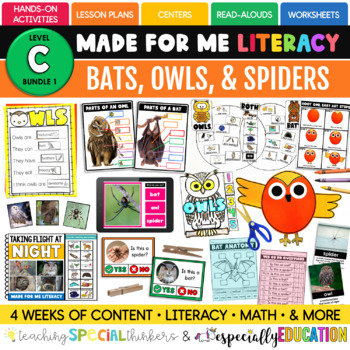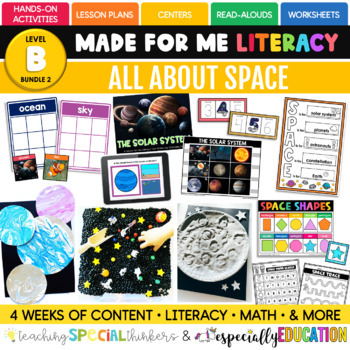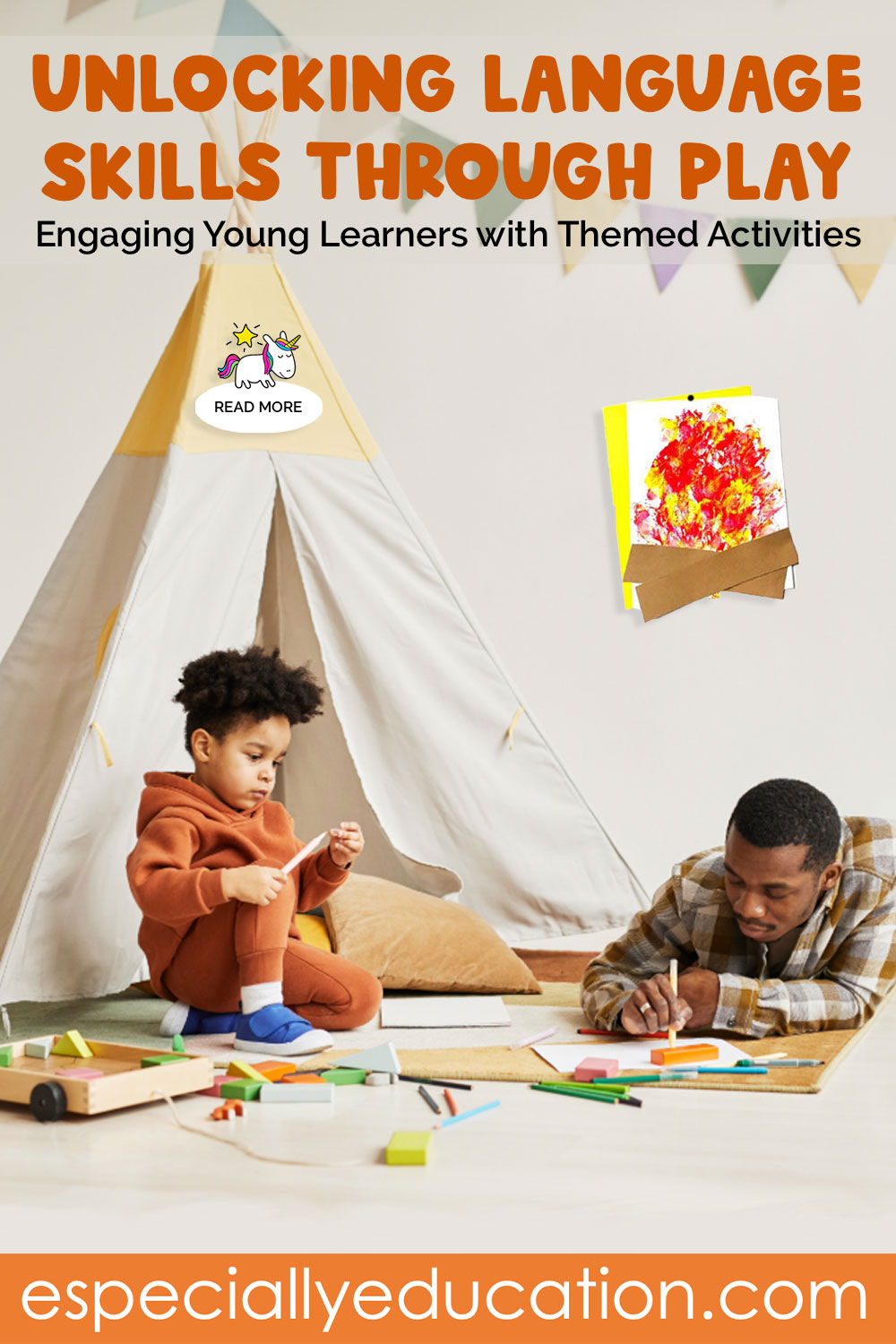
Unlocking Language Skills Through Play
Bringing Vocabulary to Life
Vocabulary is the building block of language, and for young learners, it’s essential to make those blocks as engaging and fun as possible. When teaching early learners, especially those in PreK to 1st grade, and those students in special education classrooms, it can be challenging to keep their attention and make learning meaningful.
That’s where themed vocabulary activities come in! By immersing students in a specific theme, such as pirates, you can turn vocabulary learning into an exciting adventure.
Whether you’re a teacher in a classroom or a parent homeschooling your child, themed activities can make a world of difference in how children learn and retain new words.
The Power of Themed Vocabulary activities
One of the simplest yet most effective tools in your teaching toolkit is a themed vocabulary chart. Imagine a pirate-themed unit where students can see, touch, and interact with words like “anchor,” “treasure,” and “ship.”
This visual connection helps cement new vocabulary in their minds, making it more likely that they’ll remember and use these words in the future. For special education students or those with speech delays, a themed vocabulary chart can be particularly beneficial.
It provides a clear and consistent reference point, reducing anxiety and helping students feel more confident in their language abilities. Plus, an imaginative theme adds an element of fun that can make even the most reluctant learners excited to participate.
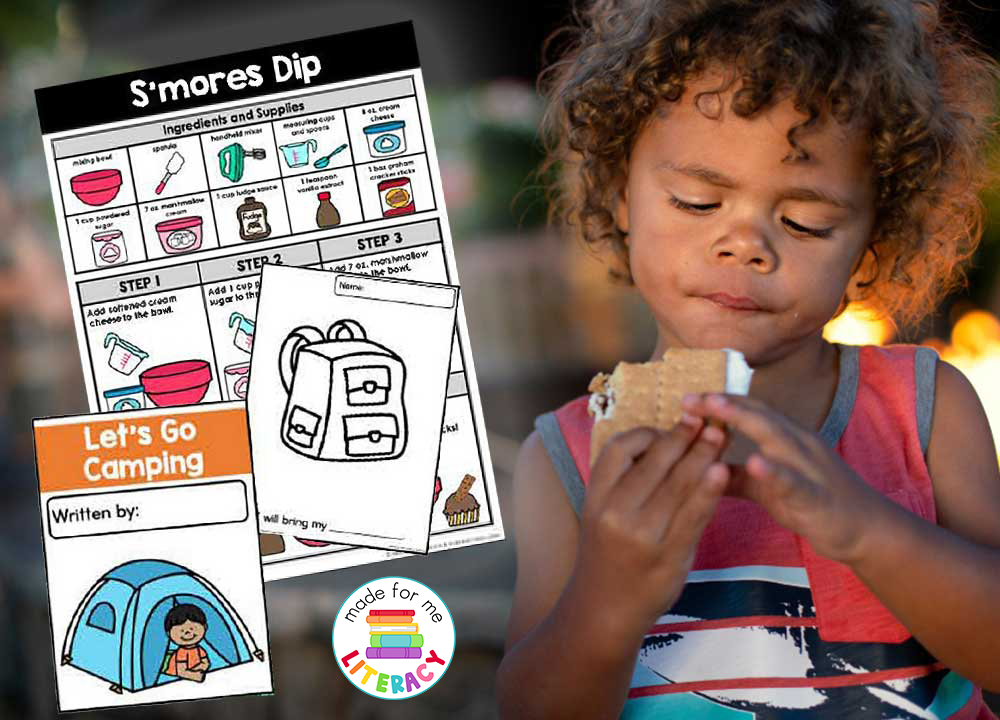
Interactive Vocabulary Games
Learning doesn’t have to be a chore, and with interactive vocabulary games, it won’t be! Games like “Write the Room” and “Vocabulary Bingo” turn learning into a playful adventure.
In “Write the Room,” for instance, you can hide camping-themed vocabulary cards around the room. Students then search for the words and write them down, combining movement with learning. This activity is particularly great for kinesthetic learners who thrive on physical activity.
“Vocabulary Bingo,” on the other hand, is a classic game with a themed twist. Create bingo cards with camping-themed words, and as you call out each word, students can mark their cards.
It’s a fantastic way to reinforce vocabulary in a low-pressure, high-fun environment. Plus, the excitement of getting a “Bingo!” adds a little friendly competition to the mix, keeping students engaged.
Creating Sentences with Predictable Charts
Another fantastic tool for vocabulary development is the predictable chart. These charts are essentially sentence starters that students can complete, allowing them to practice new vocabulary in context.
For example, with a pirate theme, you might use the chart “If I Were a Pirate, I Would…” and let students finish the sentence. Not only does this activity help with sentence structure and grammar, but it also encourages creativity as students imagine themselves in the shoes (or rather, the boots) of a pirate.
Predictable charts are especially useful for students who might struggle with more open-ended tasks. The sentence starter provides a scaffold that they can lean on, giving them the confidence to experiment with language in a safe and structured way.
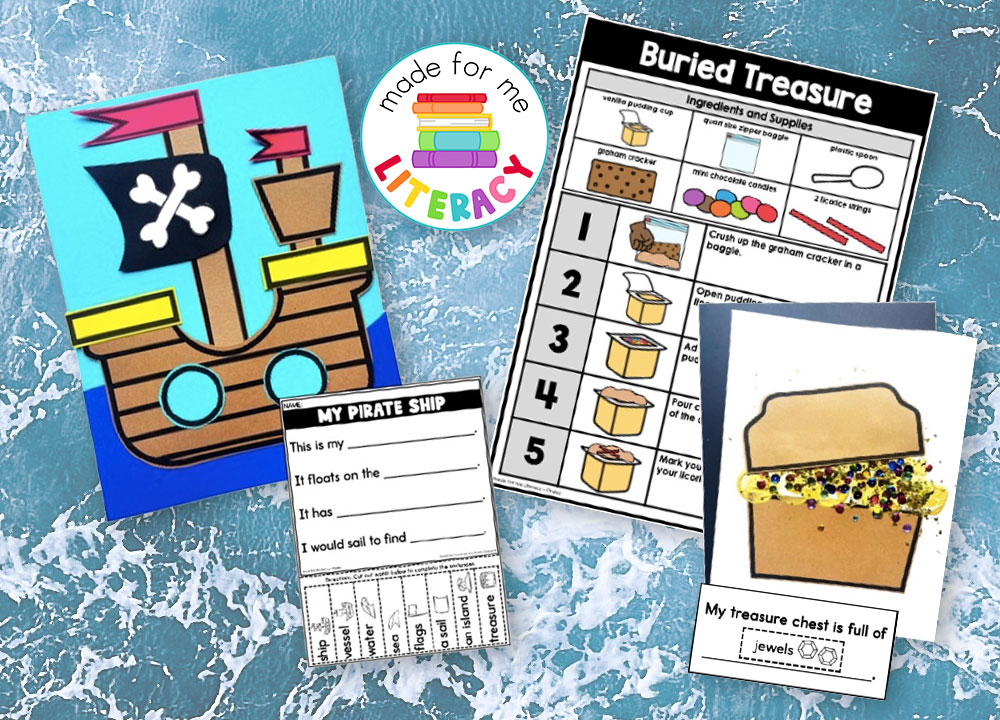
Practical Tips for Implementation
Implementing these activities might seem straightforward, but a few tips can help you make the most of them:
1. Adapt to Your Students’ Levels: Not all students will be at the same level, so be prepared to modify activities as needed. For example, younger students or those with significant language delays might benefit from focusing on just a few key words, while more advanced students can work on full sentences or even short stories.
2. Use Visual Supports: Pictures, gestures, and other visual aids can help reinforce the vocabulary. For example, when teaching the word “treasure,” you might show a picture of a treasure chest or even bring in a small box filled with “treasures” like shiny beads or coins.
3. Incorporate Movement: Many young learners, especially those with special needs, benefit from activities that involve movement. Whether it’s a treasure hunt around the room or acting out the words on the vocabulary chart, incorporating movement can help make the learning stick.
4. Make It Collaborative: Learning is often more fun when it’s done with others. Consider pairing students up for some of the activities, encouraging them to work together to find words or create sentences.
Why Themed Vocabulary Works
Themed vocabulary activities are more than just fun—they’re a powerful tool for language development. By connecting new words to a central theme, students can see how language fits into the world around them, making it more relevant and meaningful.
This approach also allows for repetition and reinforcement in a variety of contexts, which is key to helping students retain and use new vocabulary.
For special education students, the predictability and structure of themed activities can provide much-needed support, while the fun and engaging nature of the theme keeps them motivated to learn.
And for all students, the hands-on, interactive nature of these activities helps turn abstract language concepts into concrete, memorable experiences.
Taking Learning to the Next Level
As you embark on your next teaching adventure, consider how you can incorporate themed vocabulary activities into your lesson plans.
Whether you’re focusing on pirates, animals, or outer space, the key is to make learning an adventure. By doing so, you’ll not only help your students build their vocabulary, but you’ll also foster a love of learning that will last a lifetime.
So, anchors aweigh, and happy teaching!
*Please join us in the Made For Me Literacy Facebook community and tell us your tips and tricks for making learning fun!

